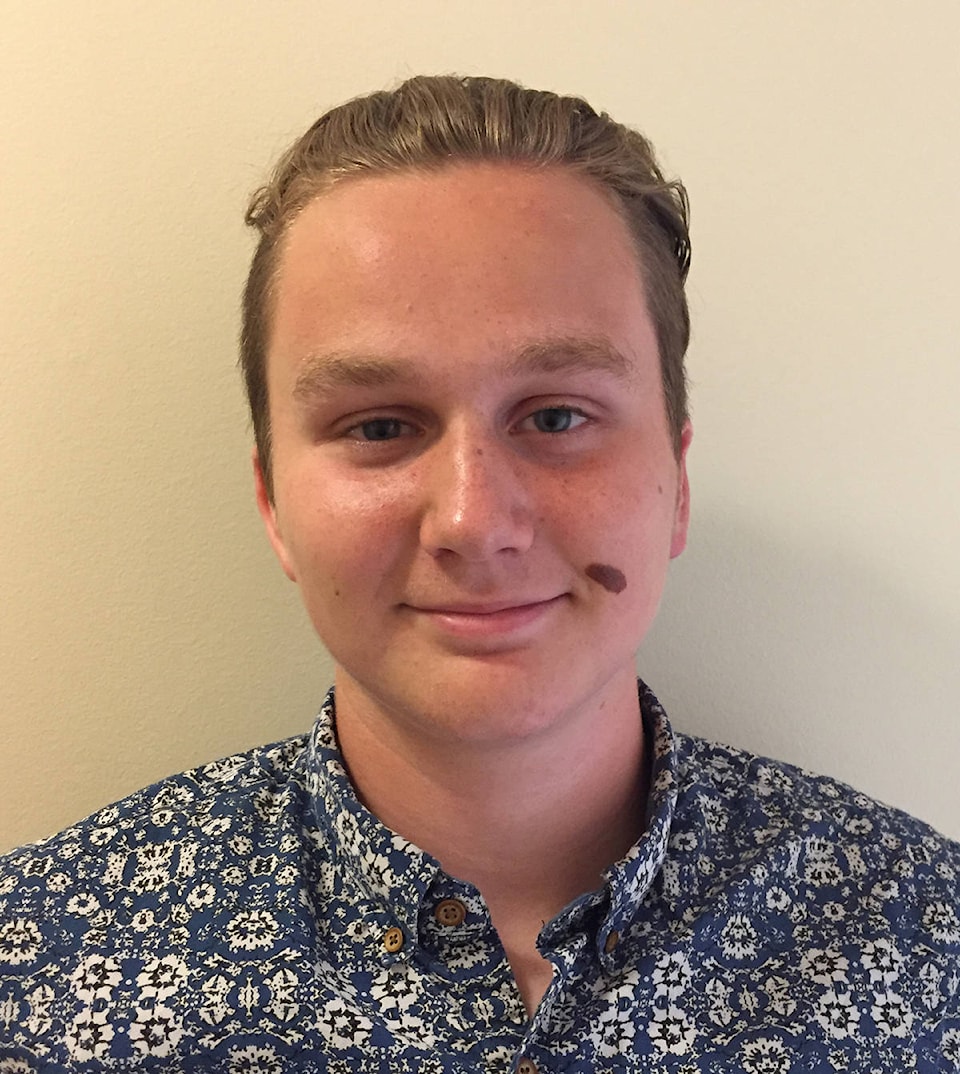At the beginning of this school year, I could not have predicted I would find myself, in May, at an Ethnoecology Symposium at the University of Victoria, sitting in the same room as David Suzuki.
It was not until the next day when my teacher told me Mr. Suzuki was there as part of the audience, I realized the older, white-haired gentleman sitting 10 rows in front of me was him. It was crazy to think Mr. Suzuki, a world leader in climate change, was learning from the speakers just like everyone else.
Together at the symposium, we learned there is a connection between society and nature, and there are rights that should be shared between them.
Over the past two years in the flexible studies program at Reynolds secondary, I have had multiple eye-opening experiences when it comes to nature’s rights. The indigenous peoples of Canada believe that people are equal with the land. They use only what they need and work with the earth to maintain a sustainable ecosystem. This is nearly the opposite of the colonial system the majority of people are a part of. As a society we value industrial production over a sustainable ecosystem. We are cutting down forests to put up buildings and eventually we will run out of wildlife to destroy.
Though people may think it’s crazy to give a tree the same rights as a human, Te Urewera National Park in New Zealand has been given all the legal rights a human would be given. We should take this precedent into consideration and push for these legal rights for nature in Canada because all living things need each other and the human race is killing what they and other living things need to survive – we need to set legal rights for our ecosystem.
The indigenous peoples of Canada lived for thousands of years sustaining a relationship with the land, not destroying it for resources. Colonial practices were aimed at transforming the land, not living with it, and in doing so they were destroying thousands of years of cultivation by indigenous peoples.
Although you may not be personally responsible for clear cutting an old-growth forest, we are bringing in foreign plants and animals such as palm trees which offsets the local ecosystem’s balance.
Next time you are buying plants, think about the effect that it could have on the ecosystem. Change is not only what we do, but the mindset in which we do it. We must develop a view of the land that creates a deeper connection and consideration for its rights.
We can help to balance our local ecosystem by removing invasive species and embracing the beauty of indigenous plants like camas, ocean spray and kinnikinnick. It may seem impossible to obtain a goal of recreating the relationship the indigenous peoples had, but we can work with them to incorporate indigenous practices into our current society so we can create a more healthy and sustainable ecosystem.
Before that afternoon sitting in the same lecture hall as David Suzuki, I believed one person would not make a difference; now I know I need to be that person to spark the change in others. I attended a symposium with one of the biggest names in climate change. Like him, I will step up and lead by example and do my part to help push others to make a change for the better.
This article is the start.
Jacob Renyard is a Grade 10 student in the flexible studies program at Reynolds secondary.
